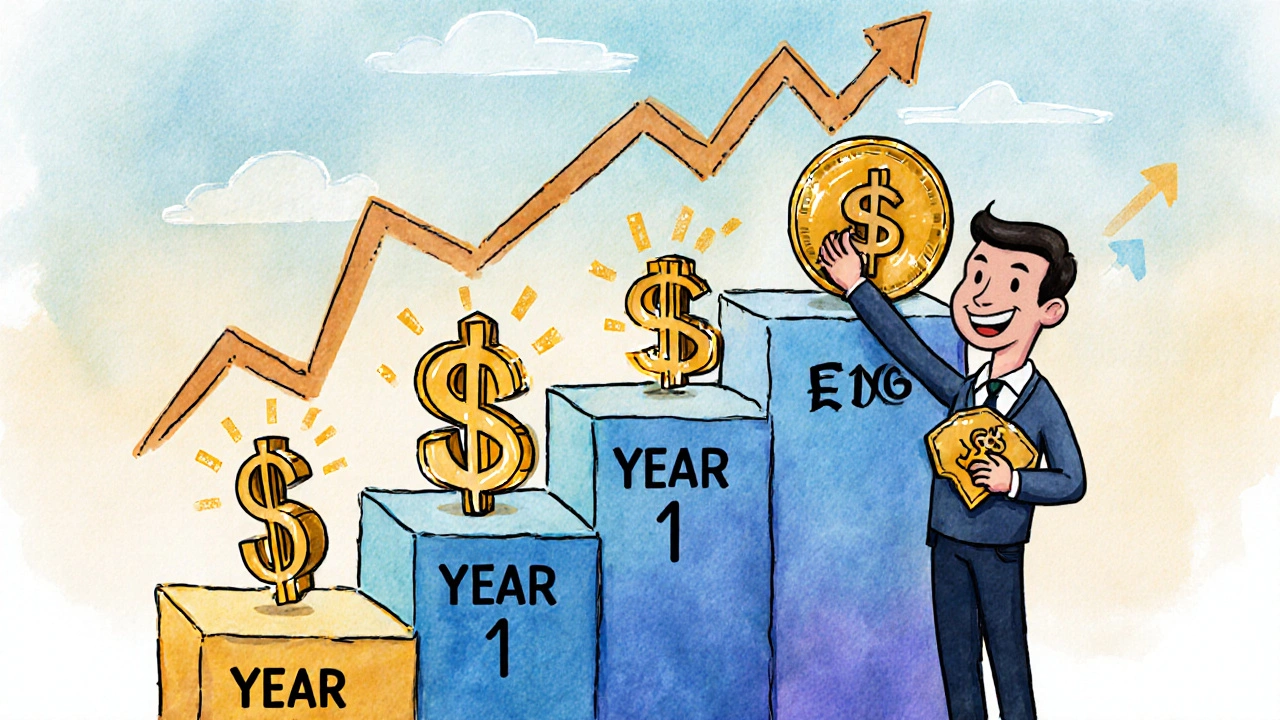Interest Rate Risk: How Rate Changes Hurt Your Investments and How to Protect Yourself
When the Federal Reserve raises interest rates, interest rate risk, the chance that rising rates will lower the value of your bonds and fixed-income investments. Also known as market interest rate risk, it’s not just a Wall Street term—it’s the quiet killer of retirement portfolios that think they’re safe. If you own bonds, bond ETFs, or even high-yield savings accounts, you’re exposed. And most people don’t even realize it until their account value drops.
Here’s the simple truth: when rates go up, bond prices go down. It’s not magic, it’s math. Imagine you bought a bond paying 4% interest. Then the Fed hikes rates and new bonds start paying 5%. Why would anyone buy your 4% bond? No one—not unless you sell it at a discount. That’s bond prices, the market value of fixed-income securities that move inversely to interest rates in action. The longer the bond’s maturity, the bigger the drop. A 30-year Treasury can lose 20% in value from a single rate hike. That’s not speculation—it’s what happened in 2022 when rates jumped from near zero to over 5% in less than 18 months.
And it’s not just bonds. yield curve, the relationship between bond yields and their time to maturity, which signals investor expectations for future rates and economic health flattens or inverts when investors fear a slowdown. That’s not just a chart—it’s a warning sign. When the yield curve inverts, it’s often followed by a recession, which means your stock portfolio could take a hit too. Even if you don’t own bonds, your robo-advisor might be holding them for you—and you might not know it.
What about savings accounts? They seem safe, right? Not when inflation is 3% and your account pays 1.5%. That’s negative real return. inflation, the rate at which prices rise, which erodes purchasing power and forces central banks to raise interest rates is the hidden driver behind most rate hikes. The Fed doesn’t raise rates because they’re bored—they’re trying to cool down an overheating economy. And when they do, your investments pay the price.
You can’t stop rates from rising. But you can stop being a victim of them. Shorter-duration bonds, floating-rate notes, and TIPS (Treasury Inflation-Protected Securities) help. Some robo-advisors like Betterment and Wealthfront automatically adjust for this. Others? They don’t. And that’s why you need to know what’s in your portfolio. This collection of posts shows you exactly how to spot interest rate risk in your accounts, how to compare bond funds without getting fooled by flashy names, and how to build a portfolio that doesn’t just survive rate hikes—it thrives through them.
Bond Ladders: How to Build Steady Income and Lower Risk in Today's Market
Bond ladders offer steady income and lower risk by spreading investments across bonds with staggered maturities. Learn how to build one in today’s high-rate environment and why it beats bond funds for retirees and conservative investors.
View More